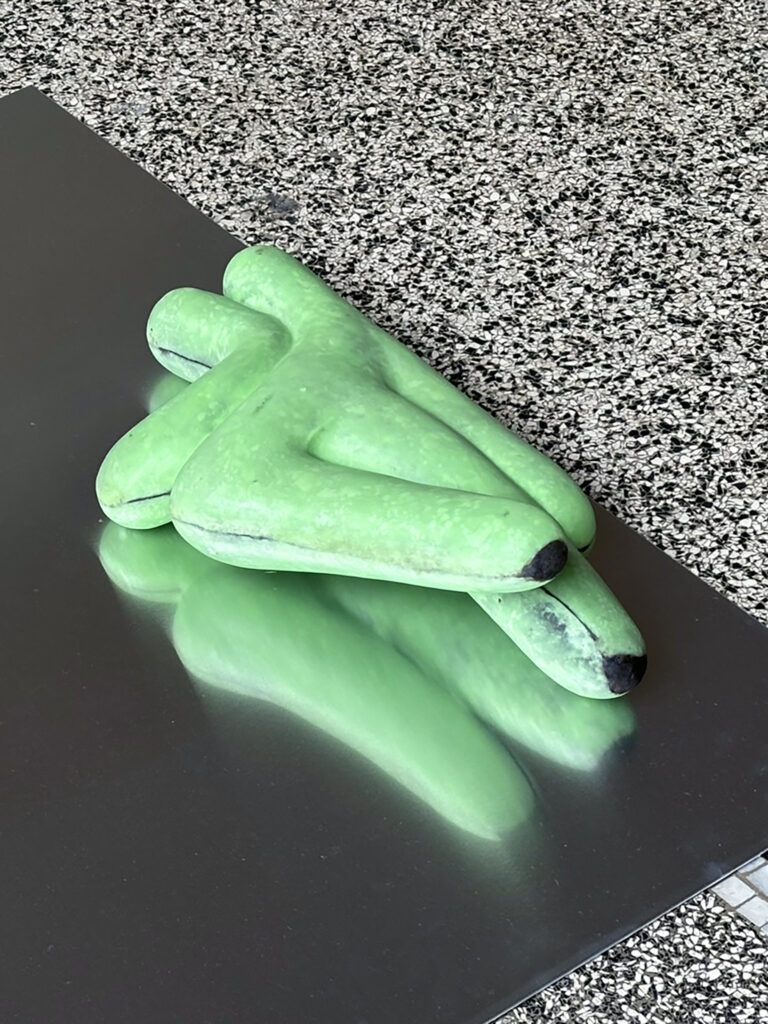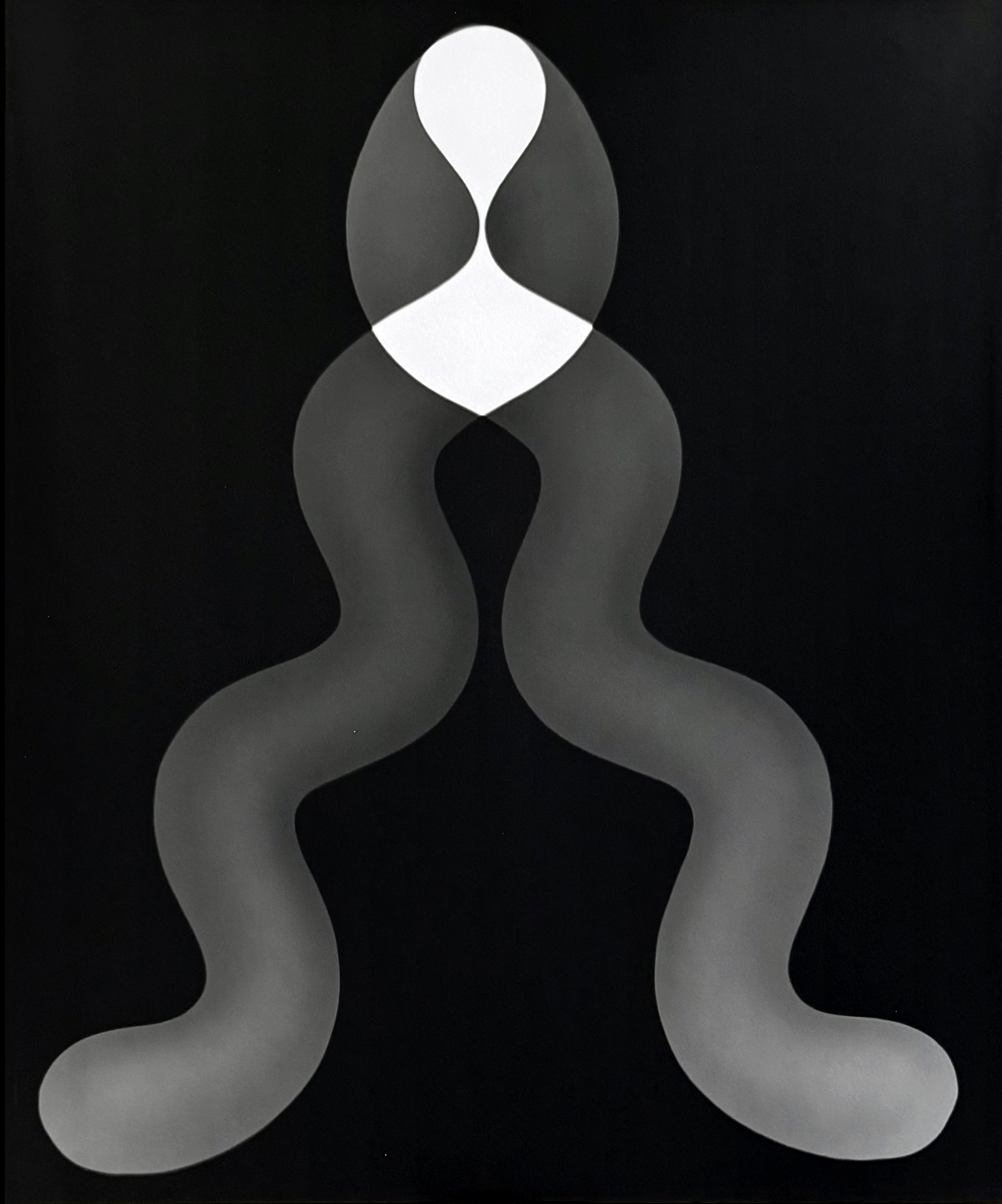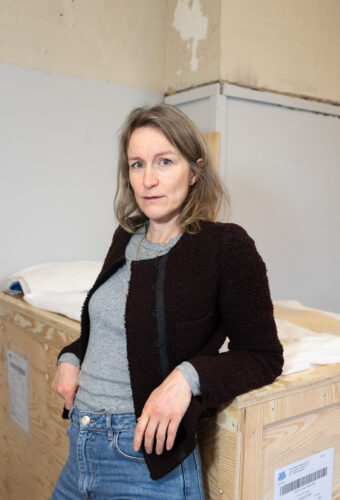Residency Marianne Vierø
Marianne Vierø works with installation, sculpture and print in a process driven by equal parts intuition and analysis. She investigates the underlying premises of our systems of understanding and considers the transformative potential of materials, methods, and gestures. Taking inspiration from the structures of language, her practice involves a continuous process of translation that collapses chronologies and categorization and places her work in a constant state of becoming.
During her residency at Thinking Tools she will experiment with sculpture and its representation in relation to temporality. One line of experiments will involve the development of a sculptural language shaped around sheet metal and encaustics (beeswax, resin and pigment). Another will materialize as analogue photograms speculatively documenting silhouetted sculptural form and subjective gesture on photographic paper.
In May 2024 Marianne will present a solo exhibition at the Refectory.

Driven by equal parts intuition and analysis, my work emerges from the understanding that the objects of our surroundings reflect not just the curves and planes of their own surfaces, but also the expectations we project onto them. Despite their defined outlines they are, as such, fluid forms that transpire a multiplicity of meaning and reveal existing premises and hidden biases in our systems of understanding. Consequently, making and presenting objects is for me a process of engaging and listening. A constant shift between pushing the work forward and letting go to see how it feeds back at me. Considering the transformative potential of materials, methods and gestures, my work constitutes a continuous series of translations that form dialogues across categories, processes and chronologies.
During my residency with Thinking Tools I will experiment with various ways of interlacing representation with materiality. I will work in the black and white photo lab of the Royal Academy to develop a set of hand-colored photograms that genuinely and poetically capture and portray the form, process and material of three-dimensional objects on a two-dimensional surface. I will use a group of recently developed sculptures as subjects for the photograms. Cast in bronze, the sculptures have no given orientation – no up and down, no front and back. They are relatively small and despite the weight of the metal easy to handle. They can be picked up, rotated, moved around, and placed anew so as to enter into a continuous dialogue with their surroundings. Their position is shifting. Depending on their orientation and how they are placed they form well- balanced, autonomous statements or invasive relationships to the order of their settings. Placing, rotating and repositioning the sculptures directly on the photographic paper and working with multiple exposures I will develop a set of seemingly abstract prints that faithfully record the sculptures’ overlapping silhouetted shadows. Subsequently working on the grayscale images with saturated brushstrokes in wax based encaustic paint, the colorized prints will negotiate a potential of subjective gestures against stylized forms and predetermined detail.
I am curious to see how the hand-colored photograms will emerge both independently of their sculptural reference and in dialogue with elements of the process behind the sculptures and their figure. While the encaustic paints nod to the lost wax method of bronze casting, the lush palette allude to the color spectrum of the sculptures. At the same time, the accurately recorded shadows of the sculptures’ silhouette, superimposed with the expressive brush strokes, stand as speculative documents of form and gesture collapsed onto the surface of the photographic paper.




